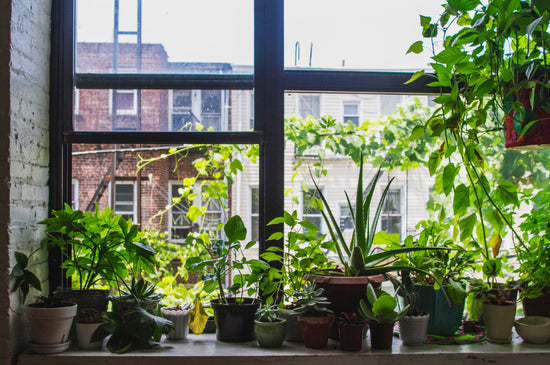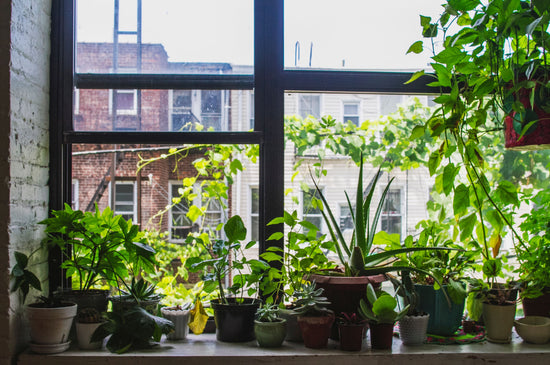How to Choose the Perfect Clematis for Your Garden
Introduction: Why Clematis is a Garden Must-Have
Clematis vines are beloved for their striking flowers, versatile growth habits, and ability to transform any outdoor space into a vibrant oasis. From covering trellises with cascading blooms to climbing fences or brightening garden beds, clematis offers endless possibilities for gardeners of all skill levels. Explore Wekiva Foliage’s Clematis collection to find the perfect vine for your space.
Understanding Clematis Types
Clematis comes in a variety of forms, each suited to different garden needs. Knowing the main types will help you narrow your choices:
- Clematis Montana: A vigorous climber with profuse small flowers, perfect for large spaces.
- Clematis Armandii: An evergreen clematis ideal for year-round foliage and spring blooms.
- Clematis Viticella: Hardy and disease-resistant, these produce flowers even in less-than-ideal conditions.
- Sweet Autumn Clematis: Renowned for its fragrant white blooms and late-season flowering.
Factors to Consider When Choosing Clematis
1. Bloom Time
Clematis vines are categorized into early bloomers, mid-season bloomers, and late bloomers. For continuous color, consider planting varieties with staggered flowering periods:
- Early: Clematis Montana Rubens blooms in spring.
- Mid: Clematis Jackmanii dazzles in summer.
- Late: Sweet Autumn Clematis flowers into fall.
2. Space and Growth Habit
Some clematis varieties, like Clematis Montana, grow rapidly and require ample space, while compact options like Clematis Bourbon are ideal for smaller gardens or container planting.
3. Sunlight Requirements
Most clematis prefer full sun, though some, like Clematis Armandii, tolerate partial shade. Always check the specific needs of your chosen variety to ensure healthy growth.
4. Flower Color and Shape
Clematis vines come in a wide range of colors, including:
- White Clematis: Pure and elegant, perfect for minimalist designs.
- Purple Clematis: Bold hues like Clematis The President make a striking statement.
- Bi-colored Varieties: Unique options like Clematis Candy Stripe.
How to Pair Clematis with Your Garden Style
For Cottage Gardens
Opt for the romantic charm of Clematis Montana Rubens or Clematis Nelly Moser.
For Modern Landscapes
Choose clean, dramatic blooms like Clematis Multi Blue.
For Small Spaces
Compact varieties such as Clematis Bourbon or Clematis The President are perfect for patio containers.
Planting and Caring for Clematis
- Soil Preparation: Clematis thrives in well-drained, nutrient-rich soil. Mix in compost to boost fertility.
- Planting Tips: Ensure the crown is 2–3 inches below soil level to protect it from temperature fluctuations.
- Watering: Keep the roots cool and moist by applying a thick mulch layer around the base.
- Support Structures: Install trellises, fences, or arbors to give clematis vines the structure they need to climb.
Top Clematis Varieties to Buy
- Clematis Diamantina – A stunning double-flowered variety.
- Clematis Duchess of Cornwall – Delicate pastel pink blooms.
Conclusion: Transform Your Garden with Clematis
Clematis vines are the perfect addition to any garden, offering stunning blooms and versatile design options. With so many varieties to choose from, there’s a clematis for every gardener’s needs. Start exploring the possibilities with Wekiva Foliage’s Clematis collection today!
FAQ: Common Questions About Clematis
1. How much sunlight do clematis vines need?
Most clematis vines thrive in full sun but appreciate shaded roots.
2. When should I prune my clematis?
Pruning depends on the clematis group. Early bloomers should be pruned after flowering, while late bloomers require a winter prune.
3. Can I grow clematis in containers?
Yes, compact varieties like Clematis Bourbon are perfect for pots.
4. What is the best fertilizer for clematis?
Use a balanced fertilizer with equal parts nitrogen, phosphorus, and potassium during the growing season.
5. How do I protect clematis from pests?
Check for aphids and slugs regularly. Use natural pest control methods or insecticidal soap as needed.





